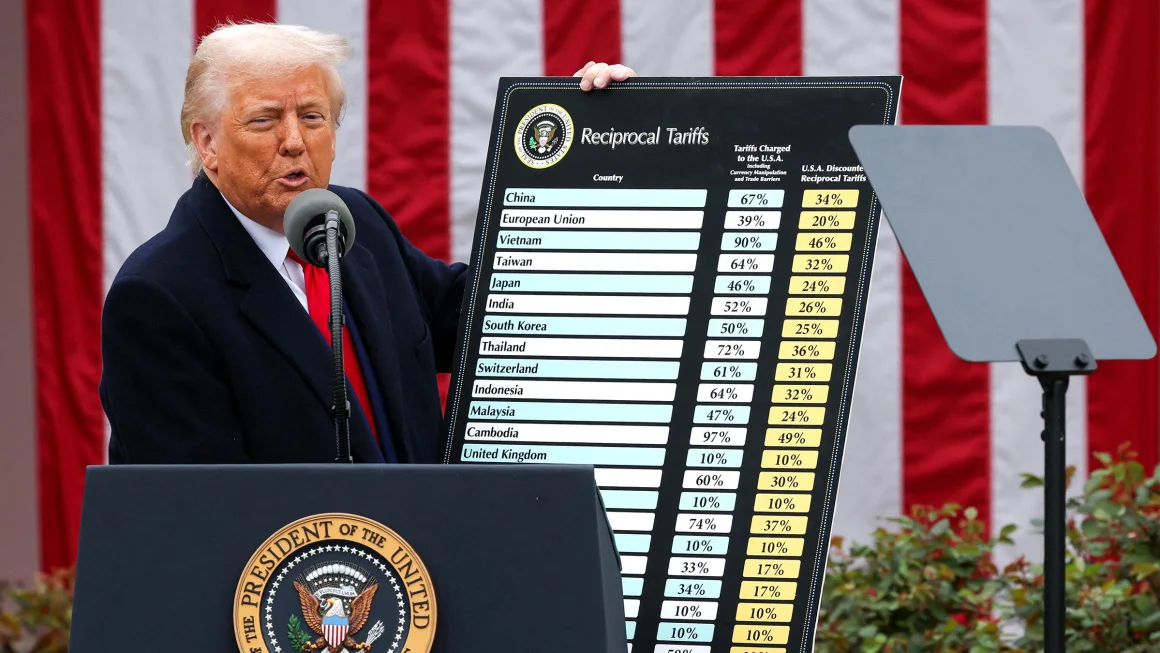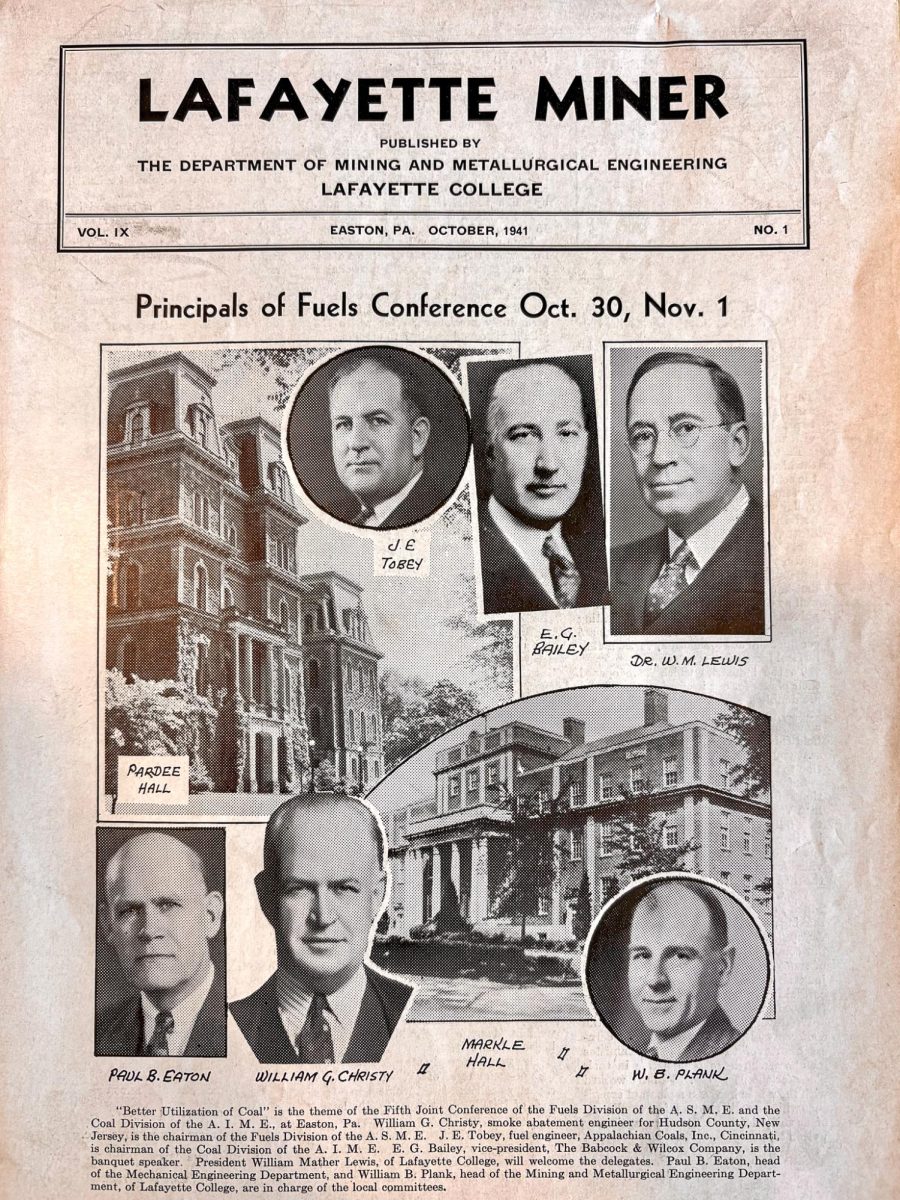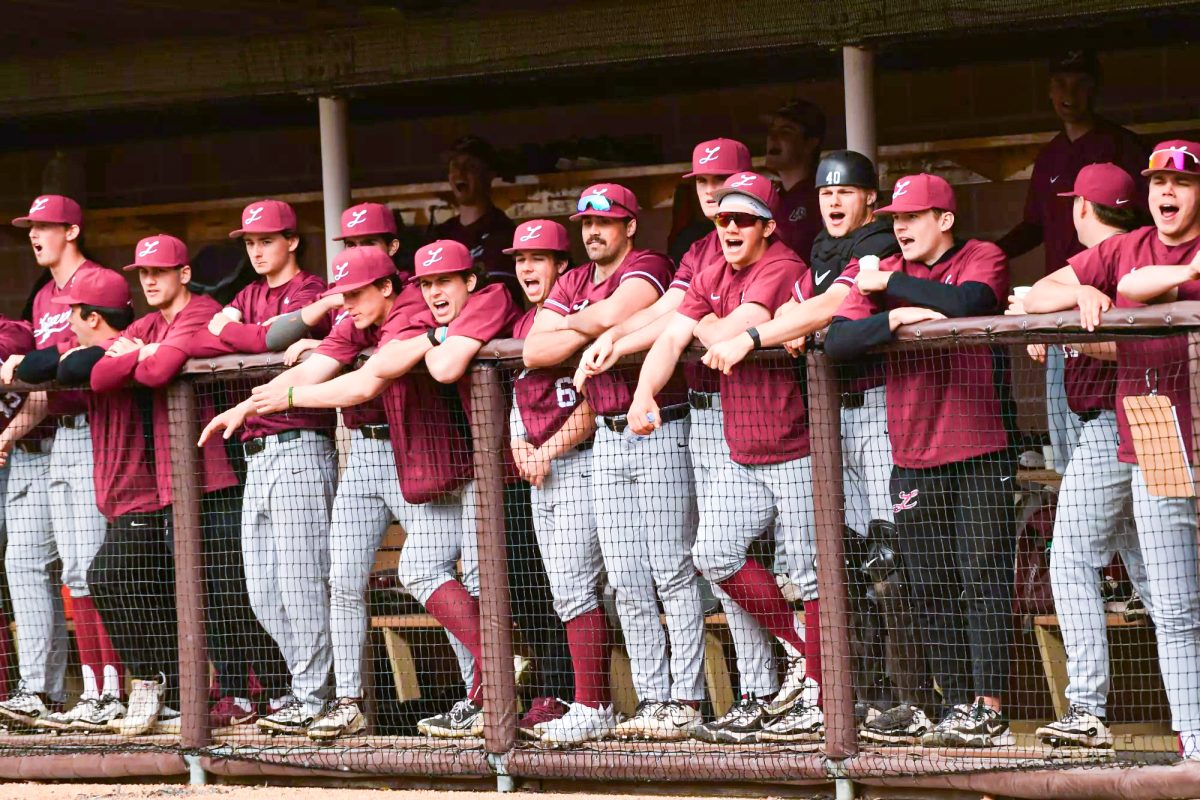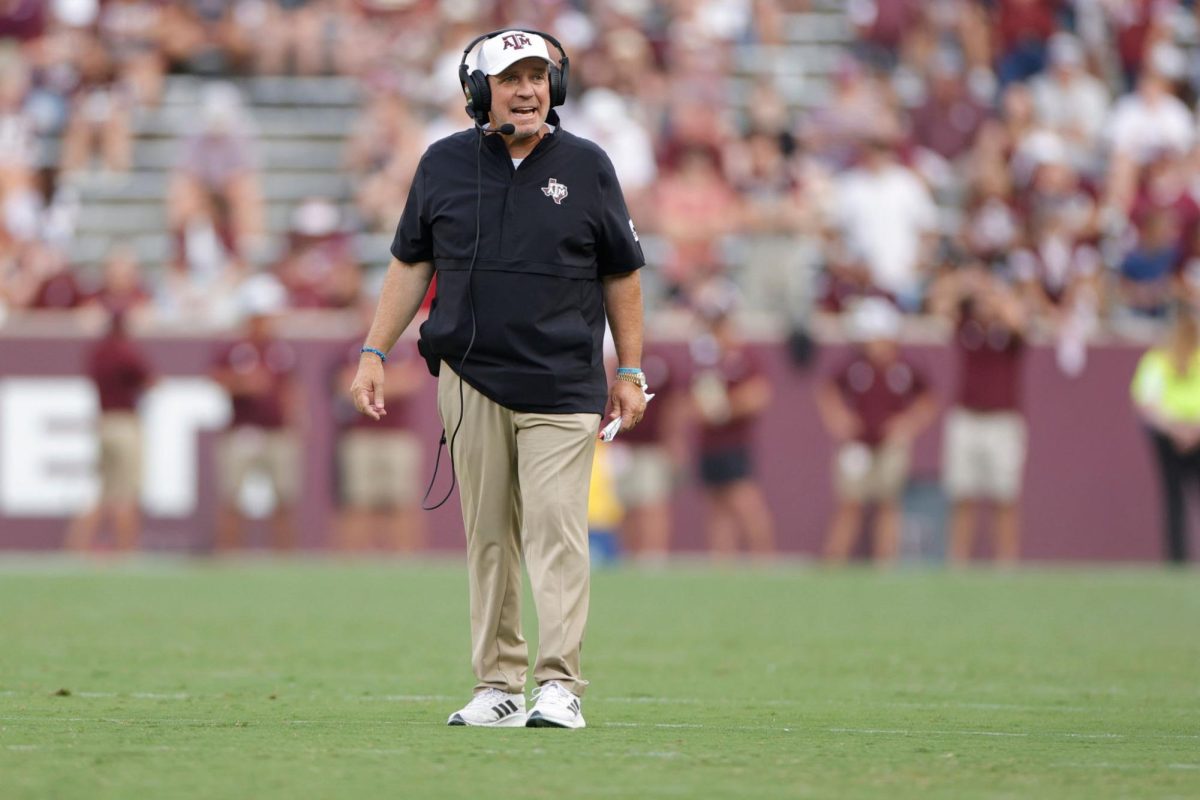The dead money in college football is becoming increasingly hard to stomach as programs from all over the country – both the haves and the have-nots – are firing their underperforming contracted head coaches and paying huge buyouts to do so.
In most professions, a contract is in no way guaranteed and is dependent in some way on production. A college head coach’s contract is fully guaranteed, so every dollar agreed to in the contract is to be paid whether or not they are the active coach.
The arms race in coaching contracts began in 1995 when Florida State’s legendary coach Bobby Bowden signed the first ever $1 million contract. Not to be outdone by a rival, the University of Florida signed its coach, Steve Spurrier, to a $2 million contract the next year. Since then, salaries have ballooned to the point that the average Power Five job pays around $4 million per year and not a single coach in the Power Five makes less than $2.5 million annually. The length of these contracts has also significantly increased, with coaches regularly signing for between six and 10 years before proving anything.
Before the conference realignment of 2022, which saw Texas and Oklahoma move to the SEC and UCLA, USC, Oregon and Washington head to the Big Ten, schools were still willing to pay gigantic numbers in buyout money. But even those numbers now seem diminutive as programs are anxious to put themselves in the best possible position going into the next generation of college football.
This anxiety for underperforming programs reached its apex when earlier this month, Texas A&M announced it would be firing head coach Jimbo Fisher. In doing so, the program assumed responsibility of buying out what was left on his 10-year contract — a truly staggering $76 million — which ran laps around Auburn’s 2020 record: $21.5 million to make Gus Malzan go away.
While A&M is obviously the biggest story, myriad teams from all walks of the college landscape have parted ways with their contracted head coaches and agreed to pay them a collective $118 million.
That $118 million does not even take into account private schools that do not disclose how much their coaches are paid or schools like Michigan State or Northwestern who fired their coaches for cause and thus are not responsible for the buyout. These schools are currently under litigation for wrongful termination and will likely end up paying at least a portion of the massive contracts they signed just two years ago, so they won’t be getting off entirely scot-free.
So, who is footing the bill? Luckily, it is not the taxpayer, as a football program’s budget never comes from school funding, but someone is paying. The short answer is the respective teams’ donors will be the ones opening their checkbooks, as they are responsible for any surpluses in the team budgets. Texas A&M athletic director Ross Bjork has already announced that the school has the money to pay the $19.7 million Fisher is due by January 1st as a result of its donor-funded program “The 12th Man Foundation.”
So how does this arms race stop? When do these donors and boosters draw the line, refusing to put up the tens of millions of dollars that are becoming customary in college football in 2023?
The pace at which these buyouts are being paid is only increasing. A year and a half after Auburn set the record for the highest buyout, it fired Malzan’s replacement, tacking on another $17 million to its expense report.
At the end of the day, college football is a business and there is not much that will stop these exorbitant price tags until there is something else these boosters feel would be more beneficial for the record of the teams they support. The real threat to these massive coaching contracts is a world where buyouts are impossible, not because of donor apathy, but because of alternative financial commitments to the athletes themselves.
























































































































